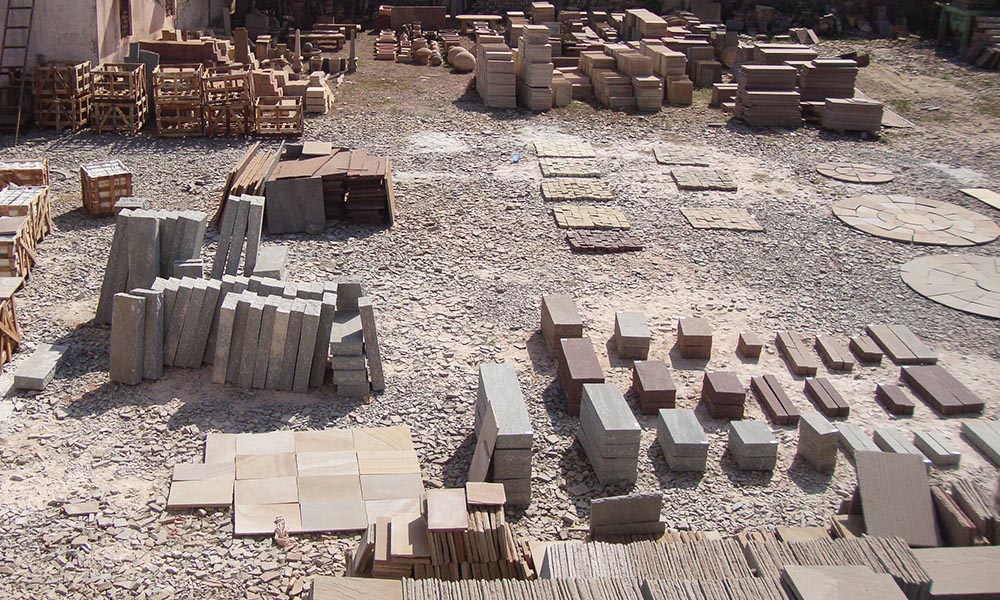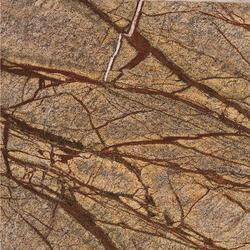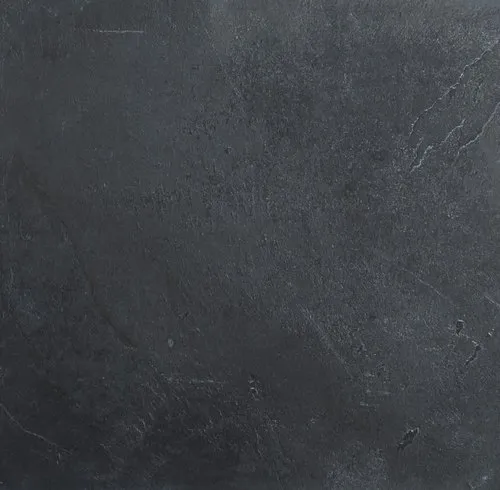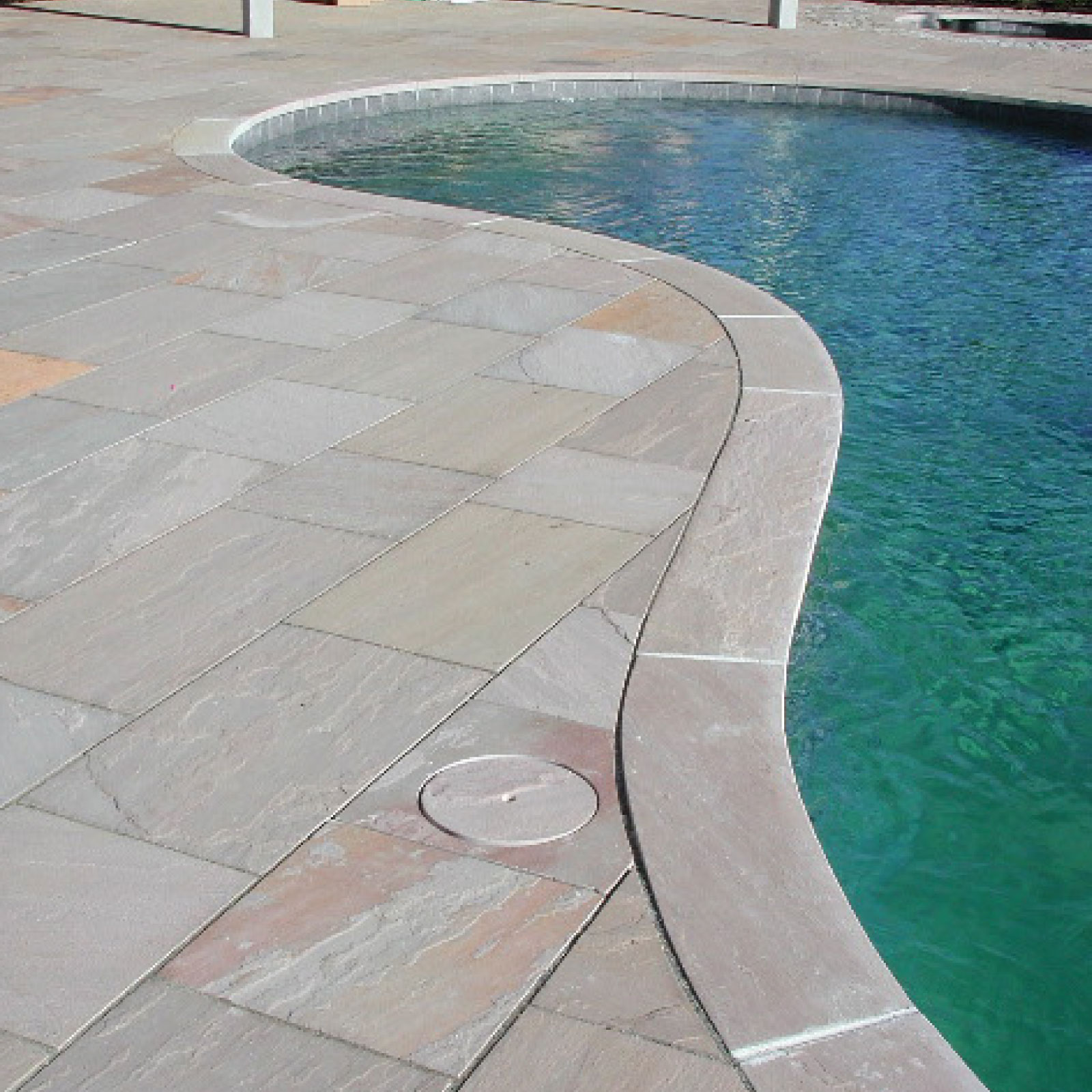Simply explained, sandstone is sand that has been bonded with rock; you can discover this by closely examining a specimen. Beyond that straightforward description, however, lies an intriguing composition of cement, matrix, and sediment that, when further investigated, Indian Sandstone can offer a wealth of important geologic data.
Basics of Sandstone
Sandstone refers to a sedimentary rock formed from sediment. Sandstone is a clastic sedimentary rock because the sedimentary particles are bits and parts of rock and minerals. Sandstone is a mid-grained clastic sedimentary rock because it mostly consists of medium-sized sand particles. Sand has a size range of 1/16 millimeter to 2 millimeters. The term “framework grains” describes the individual sand particles that makeup sandstone.
Sandstone may contain both fine and coarse material and is referred to as sandstone, but it contains more than 30% gravel, grains, or cobbles, it is categorized as breccia or conglomerate.
In addition to the sediment particles, sandstone contains two additional types of material: cement and matrix. Cement is the mineral substance that was added later to bond the sediment into rock, whereas matrix refers to the fine-grained material that was present in the sediment together with sand.
Poorly sorted sandstone is characterized by a high matrix content. A wacke is referred to as the case where the matrix makes up more than 10% of rock content. Arenite is a name for a well-formed sandstone with minimal cement and little matrix. Wacke is unclean and arenite is spotless, to put it another way.
You’ll probably note that no specific minerals are mentioned in this talk; only a certain particle size is. In actuality, however, minerals play a significant role in the geologic history of sandstone.
Sandstone Minerals
Rocks formed of carbonate minerals are not considered to be Indian sandstone since the term is technically defined as solely referring to particle size. Sandstone really refers to a silicate-rich rock since these rocks are referred to as limestone and assigned a completely different classification. Calcarenite is a kind of mid-grained clastic carbonate rock, sometimes known as “limestone sandstone.” This distinction is reasonable given that silicate rocks developed from material eroded off continents, whereas limestone is formed in pure ocean water.

Sandstone is often composed almost entirely of quartz because mature continental silt is mostly composed of a few surface minerals. The clastic portion or matrix is coloured and characterized by other minerals, such as clays, feldspar, hematite, ilmenite, mica, and amphibole, as well as minute rock pieces and organic carbon (bitumen).











